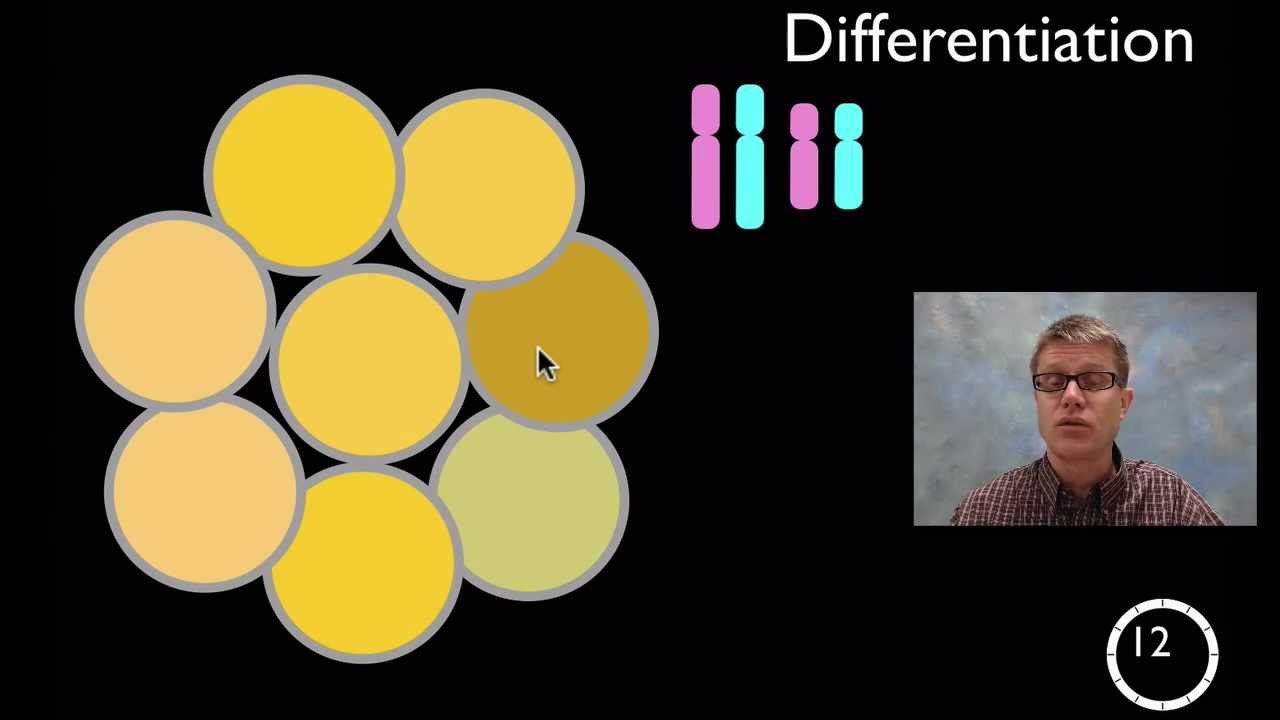LS1.B: Growth and Development of Organisms
How do organisms grow and develop?
K-12 Progressions
| K-2 | 3-5 | 6-8 | 9-12 |
|---|---|---|---|
| Parents and offspring often engage in behaviors that help the offspring survive. | Reproduction is essential to every kind of organism. Organisms have unique and diverse life cycles. | Animals engage in behaviors that increase the odds of reproduction. An organism’s growth is affected by both genetic and environmental factors. | Growth and division of cells in organisms occurs by mitosis and differentiation for specific cell types. |
Grade Band Endpoints for LS1.B
By the end of grade 2. Plants and animals have predictable characteristics at different stages of development. Plants and animals grow and change. Adult plants and animals can have young. In many kinds of animals, parents and the offspring themselves engage in behaviors that help the offspring to survive.
By the end of grade 5. Reproduction is essential to the continued existence of every kind of organism. Plants and animals have unique and diverse life cycles that include being born (sprouting in plants), growing, developing into adults, reproducing, and eventually dying.
By the end of grade 8. Organisms reproduce, either sexually or asexually, and transfer their genetic information to their offspring. Animals engage in characteristic behaviors that increase the odds of reproduction. Plants reproduce in a variety
of ways, sometimes depending on animal behavior and specialized features (such as attractively colored flowers) for reproduction. Plant growth can continue throughout the plant’s life through production of plant matter in photosynthesis. Genetic factors as well as local conditions affect the size of the adult plant. The growth of an animal is controlled by genetic factors, food intake, and interactions with other organisms, and each species has a typical adult size range. (Boundary: Reproduction is not treated in any detail here; for more specifics about grade level, see LS3.A.)
By the end of grade 12. In multicellular organisms individual cells grow and then divide via a process called mitosis, thereby allowing the organism to grow. The organism begins as a single cell (fertilized egg) that divides successively to produce many cells, with each parent cell passing identical genetic material (two variants of each chromosome pair) to both daughter cells. As successive subdivisions of an embryo’s cells occur, programmed genetic instructions and small differences in their immediate environments activate or inactivate different genes, which cause the cells to develop differently—a process called differentiation. Cellular division and differentiation produce and maintain a complex organism, composed of systems of tissues and organs that work together to meet the needs of the whole organism. In sexual reproduction, a specialized type of cell division called meiosis occurs that results in the production of sex cells, such as gametes in animals (sperm and eggs), which contain only one member from each chromosome pair in the parent cell.
Introduction to LS1.B
The characteristic structures, functions, and behaviors of organisms change in predictable ways as they progress from birth to old age. For example, upon reaching adulthood, organisms can reproduce and transfer their genetic information to their offspring. Animals engage in behaviors that increase their chances for reproduction, and plants may develop specialized structures and/or depend on animal behavior to accomplish reproduction.
Understanding how a single cell can give rise to a complex, multi-cellular organism builds on the concepts of cell division and gene expression. In multi-cellular organisms, cell division is an essential component of growth, development, and repair. Cell division occurs via a process called mitosis: when a cell divides in two, it passes identical genetic material to two daughter cells. Successive divisions produce many cells. Although the genetic material in each of the cells is identical, small differences in the immediate environments activate or inactivate different genes, which can cause the cells to develop slightly differently. This process of differentiation allows the body to form specialized cells that perform diverse functions, even though they are all descended from a single cell, the fertilized egg. Cell growth and differentiation are the mechanisms by which a fertilized egg develops into a complex organism. In sexual reproduction, a specialized type of cell division called meiosis occurs and results in the production of sex cells, such as gametes (sperm and eggs) or spores, which contain only one member from each chromosome pair in the parent cell.
Performance Expectations Associated with LS1.B
videos
Next Generation Science Standards is a registered trademark of Achieve. Neither Achieve nor the lead states and partners that developed the Next Generation Science Standards were involved in the production of this product, and do not endorse it. Visit the official NGSS website.



